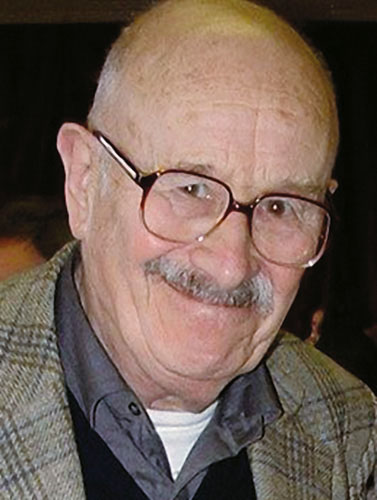Intangible assets
What’s the worth of an insightful thought? Deciding what to charge is often an inexact science, but some high fees are justified, says David Bernstein

Our editor shrewdly detects the irony of design consultancies who ‘rail against free-pitching’ providing potential clients gratis with strategic thinking. Management consultants wouldn’t dream of it. Creative consultants seem less worried, being more concerned with the creative product. Yet the engine of that product is thought, and what distinguishes the successful practitioner is as much the incisiveness of the thinking as the distinctiveness of the execution.
But the worth of an insightful thought is hard to assess. Hence those who provide ideas have learned not to charge for them specifically, but to incorporate their worth within something else. Clients find it easier to measure than judge. Rather than attempt to cost the intangible, submit an invoice for the number of days worked. Estimating that is an inexact science, especially if the idea came about – as was once my fortune – during the client’s initial briefing. I held my tongue till the next meeting.
Alternatively, you can charge for the physical amount of work such as the number of pages designed, or, indirectly, the size of the press ad or length of the commercial. If you ever wondered how the ludicrous commission system survived so long, look no further. Measurement over judgement.
Twenty years ago I asked Alan Fletcher to define design. ‘A mental utensil,’ he replied. No designer was more intellectual. He would have spurned the term, yet he leaves behind in The Art of Looking Sideways a massive intellectual masterwork. Len Deighton calls him a polymath. He was one of the guests at the memorial party for Alan at the Victoria & Albert Museum last month, and he also contributed to a book of anecdotes and tributes designed by Raffaella Fletcher and Leah Klein (‘A’ Memorial edition, © Fletcher studio, 2007).
It contains – alongside examples of Alan’s wit, inventiveness and generosity – revelations on creative thinking, client relations and charging. ‘What is your most important piece of studio equipment?’ asks Patrick Baglee. Alan replied, ‘My head.’ When Derek Forsyth discusses how to determine a fee for a piece of work, Alan tells him, ‘If you quote a price and the client immediately agrees, it is too cheap. If the client winces that is the right price.’ When Fletcher/Forbes/Gill transforms itself and Alan comes up with the name Pentagram, Robin Fior queries, ‘Why not Pentecost – you charge five times more than anyone else?’
How can a high fee be justified? How can a new client be won without a free pitch? The answer to both questions is reputation and demonstrating by means of past work the quality of your thinking. Cynthia Kee recalls going to Alan for a book cover. She asked to see examples of his work. ‘”Just go to Waterstones and look for something called The Art Book”, he growled in reply… so I went to Waterstones, slit the cellophane with my thumbnail and the book fell open at… the Reuters logo… It said it all. Explanation irrelevant,’ she says.
If the client refuses to be convinced, maybe you can do without that sort of client. But if you do get involved, Alan provides advice on how to know when it’s time to say goodbye: ‘1. When you are not hungry. 2. When you know it’s going to end in tears. 3. When you can’t face the next boring meeting.’
Mind you, I can’t imagine any meeting with Alan being boring for long.
-
Post a comment




